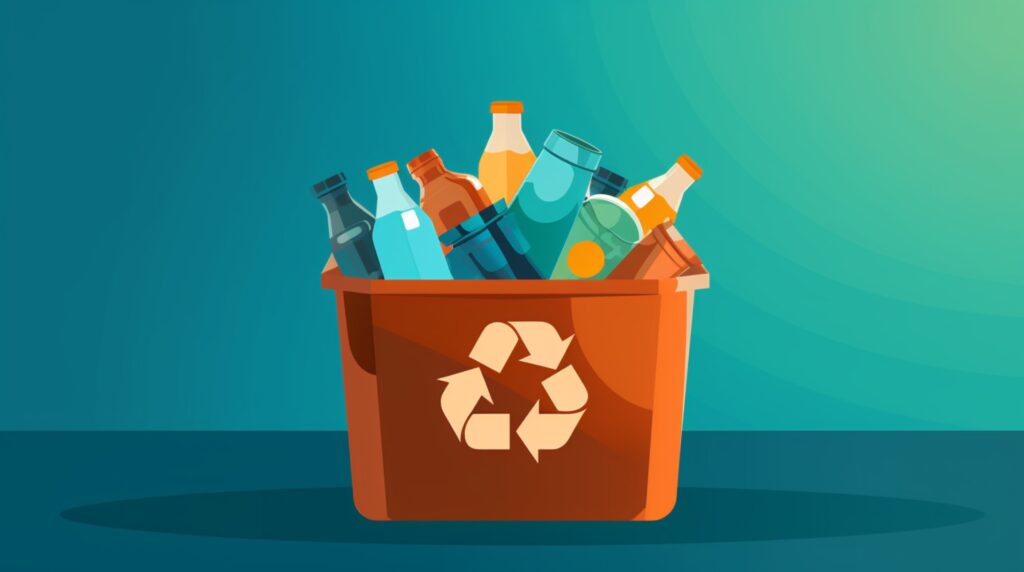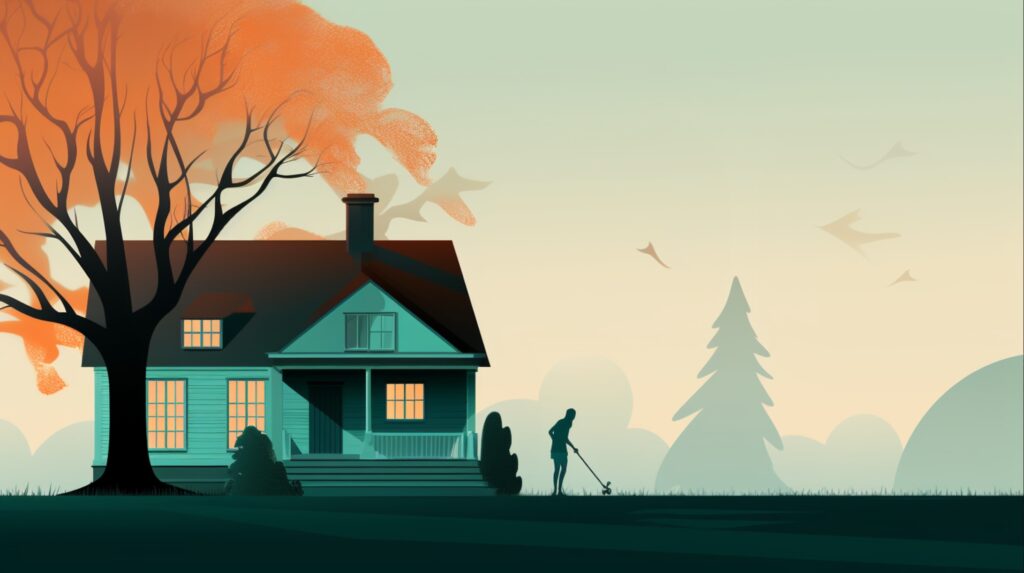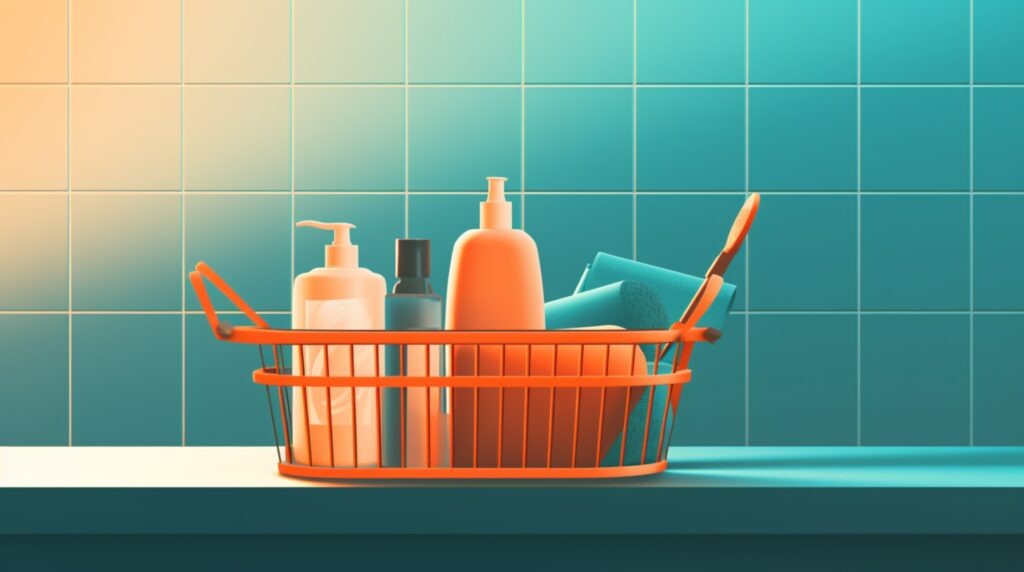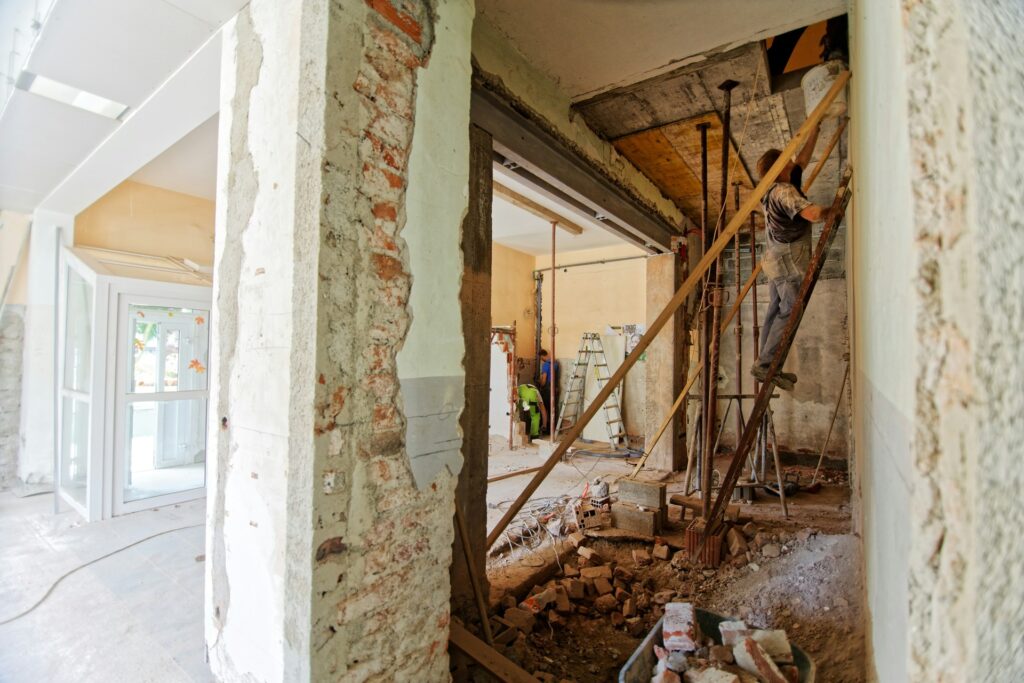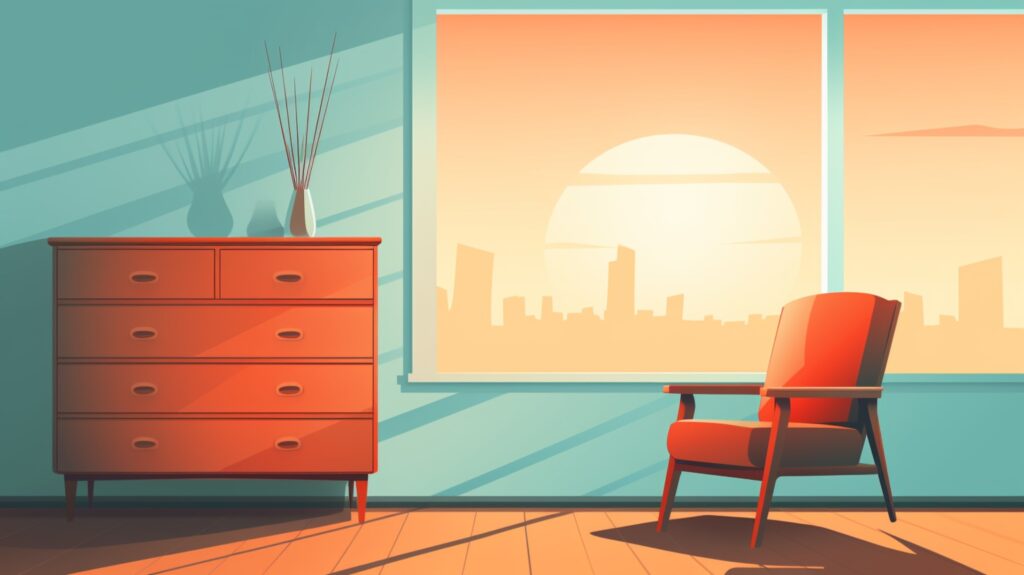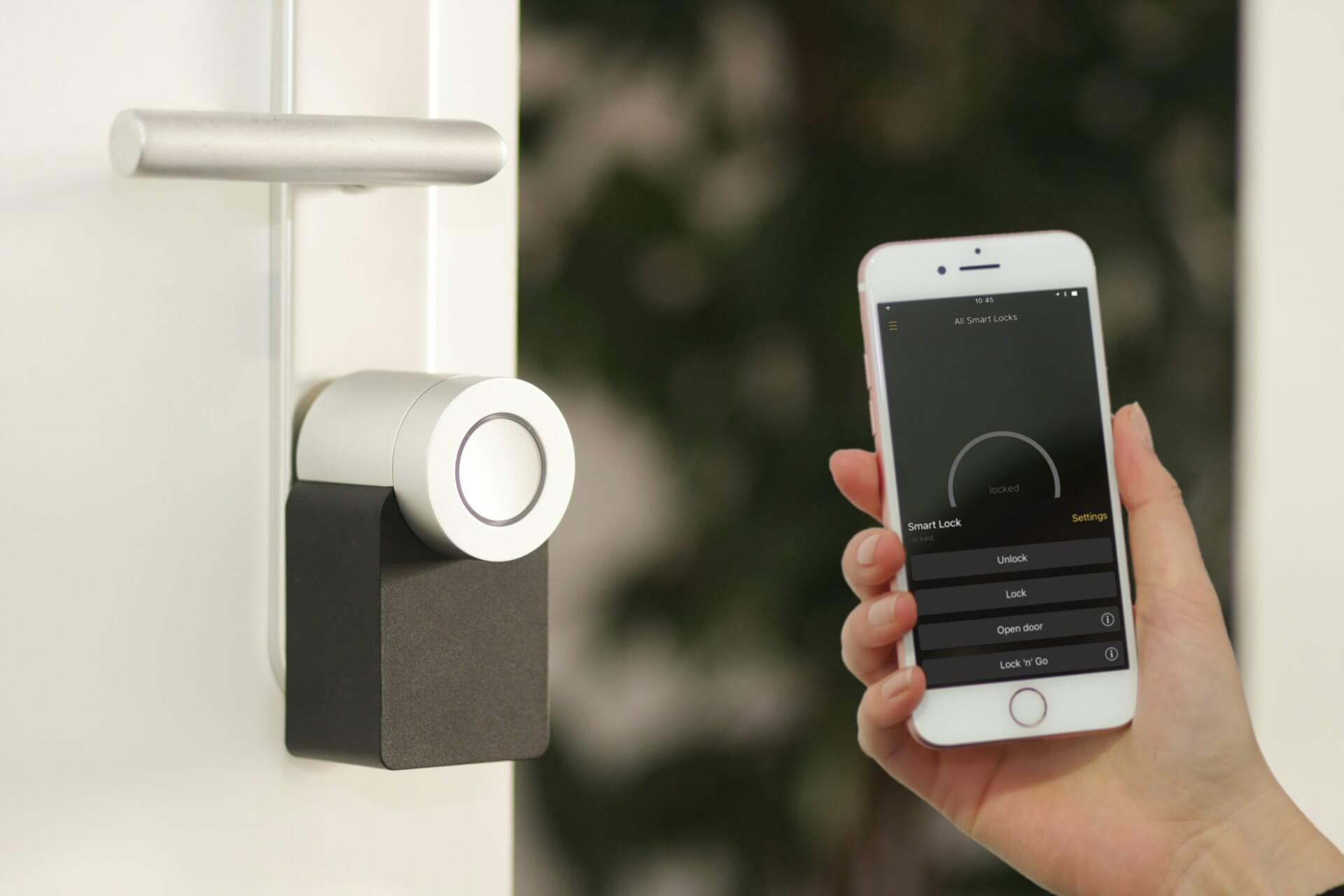
We are reader-supported. When you buy through links on our site, we may earn an affiliate commission.
Owning a home means protecting it from outside and inside sources. You never know what damage can happen, whether you’re home, work or a thousand miles away. Keeping yourself and your family safe is critical year-round, so you must create a home safety checklist. What should you include in this plan? What lesser-known areas should you tackle in your upkeep? Here’s your ultimate guide to home safety inspections.
Essentials for Your Home Safety Checklist
Living in a safe home gives you peace of mind and a better life. How can you improve this aspect of your house? Make a habit of checking off these seven essential items on your home safety checklist.
1. Home Security
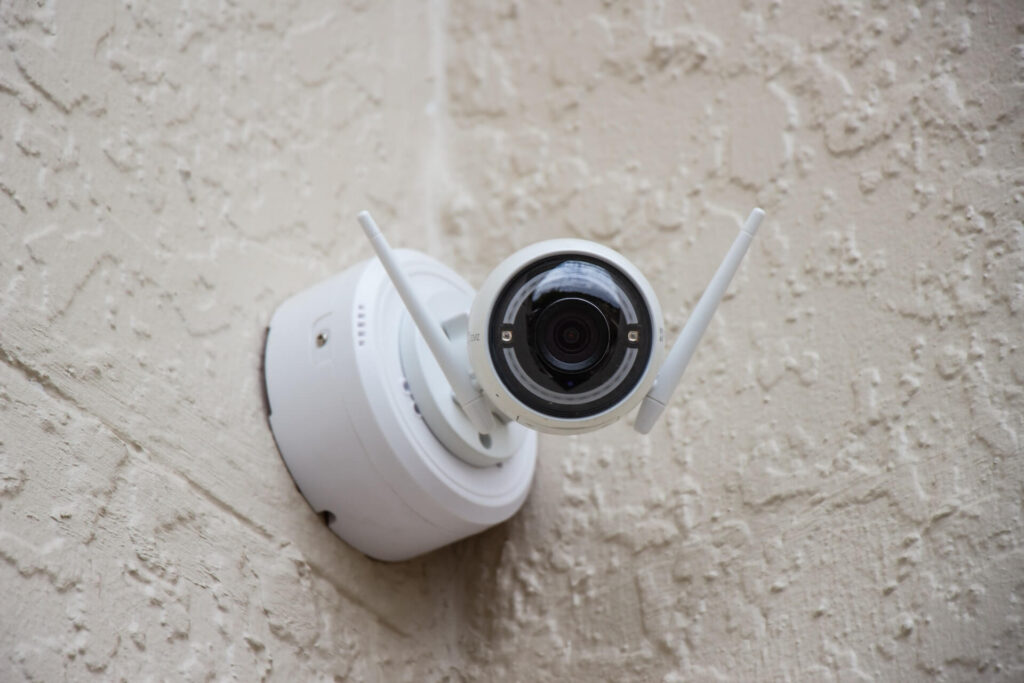
Securing your home starts with increasing security. The easiest way to protect your home is to develop a daily routine for security inspections. These tasks include ensuring the doors are locked, turning on the alarm and looking out the windows for suspicious activity. While these tasks are beneficial, you’ll greatly benefit from a home security system.
Home security systems entail cameras, motion sensor lights and other devices that let technology work for you. Cameras are beneficial because they catch everything on tape, providing the evidence you need if you go to law enforcement. Just the presence of a security camera makes would-be criminals move on to other targets.
2. Outdoor Lighting
Lighting is essential for illuminating the outside of your house and deterring thieves. Burglarizing a home in broad daylight is not the preferred method for many criminals. While it’s a solid deterrent, outdoor lighting is simply a good safety measure for your family. When you arrive home after dark, it helps to have a well-lit driveway and walkway to reduce the risk of an accident.
Outdoor lighting should be on your home safety checklist, but it can bring some concerns about utility bills. Incandescent or fluorescent lighting can be a liability for electricity consumption, so be mindful when selecting. Look for LED lighting because it’s brighter and more energy efficient. In fact, the Department of Energy says LEDs use 75% less energy and last 25 times longer.
3. Indoor Lighting
Darkness is best for keeping everybody asleep at night, but what if somebody needs to walk around to find the bathroom? Children and dogs needing the bathroom is an emergency you don’t want to ignore, so improving your indoor lighting should be a priority. Without light, you’re more likely to trip, fall and hurt yourself.
Indoor lighting is essential for safety, especially if you have older adults in the house. Falls are more common as you age due to weakened muscles, sending you to the hospital because of one accident. The Centers for Disease Control (CDC) says about 36 million older adults fall annually, with about 20% of falls resulting in injuries.
4. Smoke Alarms
Protecting yourself from what you can’t control is essential when considering your home safety checklist. Predicting what will happen in and around your home when you’re asleep at night is hard. A neighbor or an outsider could cause a fire that spreads to your home. Alternatively, a fire could start within your home due to an accident with the electrical wiring. Regardless, you need a smoke alarm.
Smoke alarms are mandatory in every home and each level of the structure. Check the system by pressing the test button on the device. Fire smoke is more straightforward to detect when you have an alarm, but you should also be aware of carbon monoxide (CO) in your house. Your CO detector only takes seconds to check but can save your life. You can’t see CO in the air, so having a functioning detector is imperative.
5. Generators
Something else that’s hard to prepare for is storms. Bad storms can knock out windows, Wi-Fi and power as much as you fortify your home beforehand. While these storms can be devastating, adding a generator to your home safety checklist can increase your family’s chances of survival.
Generators work independently from your power grid, filling your home with electricity even when everyone else has none. How long your generator lasts depends on the manufacturer and the model. Still, it should last long enough before turning the main supply back on. You’ll need gasoline to operate most generators, so keep a supply of stabilized fuel in case of emergencies.
6. Kitchen
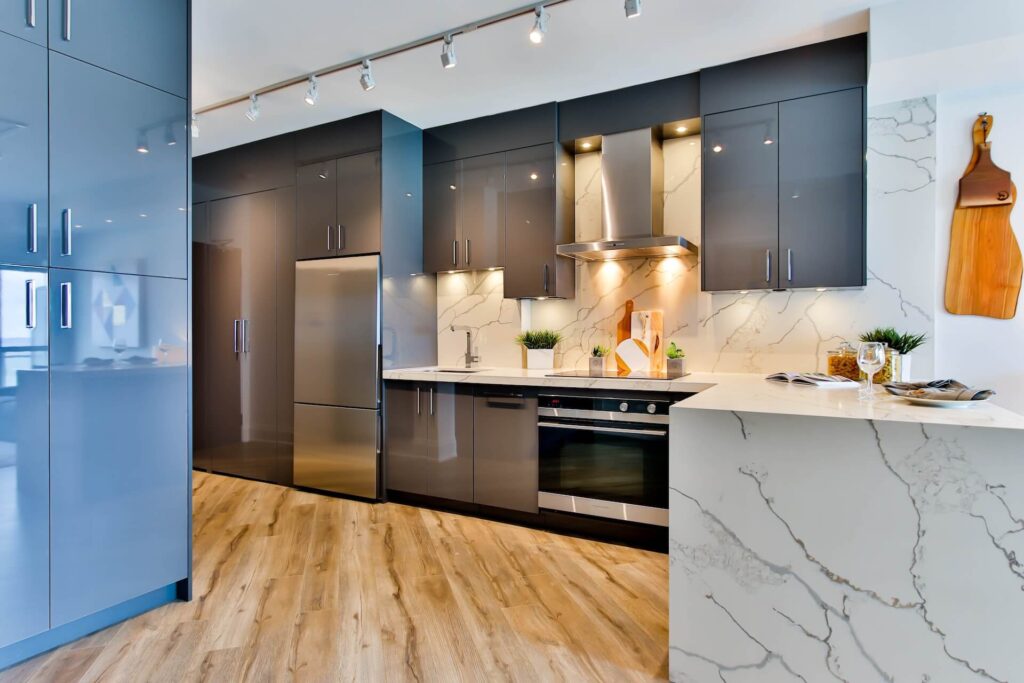
The kitchen is integral to your home because it’s where the (food) magic happens. However, it can be a safety hazard if you don’t keep up with maintenance and your safety checklist. Some tasks are easy and only require a watchful eye when you’re in the room. For example, ensure all the knives are in their proper drawers or have their protective casing on.
Another essential element to inspect is electrical safety. Your appliances, whether the refrigerator, oven, toaster or microwave, rely on electricity. Consider unplugging your non-essential appliances when not in use to keep your kitchen safe. Clean the kitchen daily to ensure food and water don’t compromise your cords. Plus, you don’t want pests to chew on your wires in the middle of the night.
7. Bathroom
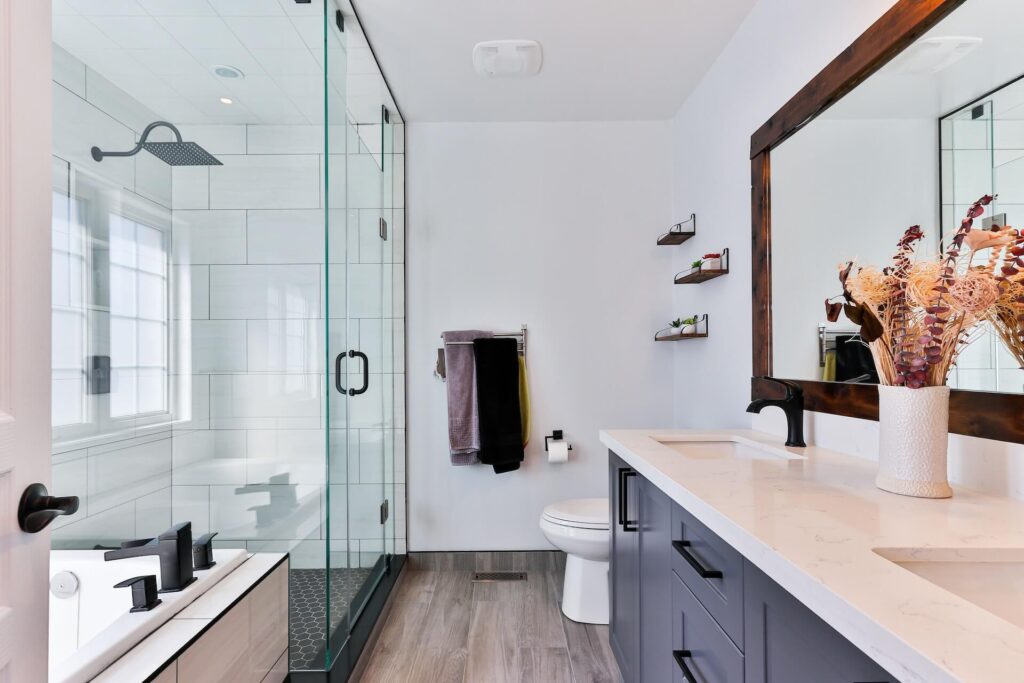
The bathroom is generally a safe area to be. In fact, it’s one of the most fortified rooms during severe weather if it doesn’t have a window. However, there are a few concerns to add to your home safety checklist. For example, you should ensure the floors are non-slip due to the typical wetness of bathrooms. Children and seniors would greatly benefit from this addition.
Another place you can protect your family is the shower. Install grab bars because water can compromise your balance and cause a nasty accident. Replacing your shower head with handheld ones increases maneuverability and independence for those with physical disabilities.
Besides the shower, you should also pay attention to the electrical outlets. If you’re not careful, water can cause electrical shocks or electrocution, so install a ground-fault circuit interrupter (GFCI) outlet. These devices have become popular because they control the power flow. GFCI outlets can quickly stop the power if it detects water. This safety component prevents electrical damage and electrocution in the rooms where you’re most vulnerable.
Why Is a Home Safety Checklist Essential?
Your home could be a generally safe place to be, but accidents can happen. Making your home the safest is essential for your family’s peace of mind. Here are some statistics to remind you why a home safety checklist should be a priority:
- 100,000 people in America annually go to the hospital for CO poisoning (CDC)
- Property crimes are what Americans worry about most (Safewise)
- Over 1 million burglaries happen annually in the U.S. (Forbes)
- Nearly 2,000 people died due to home fires in 2023. (FEMA)
- 72% of homeowners install some form of security on their property (SafeHome)
Creating Your Home Safety Checklist
The safety essentials will differ for your home, but this checklist gives you a solid headstart on what you should do to fortify your house. Give your home a maintenance schedule and inspect each section thoroughly for possible damage. Electrical and water damage are the two most common things to examine.



